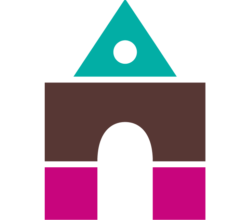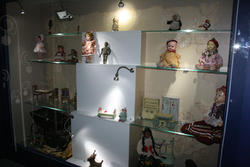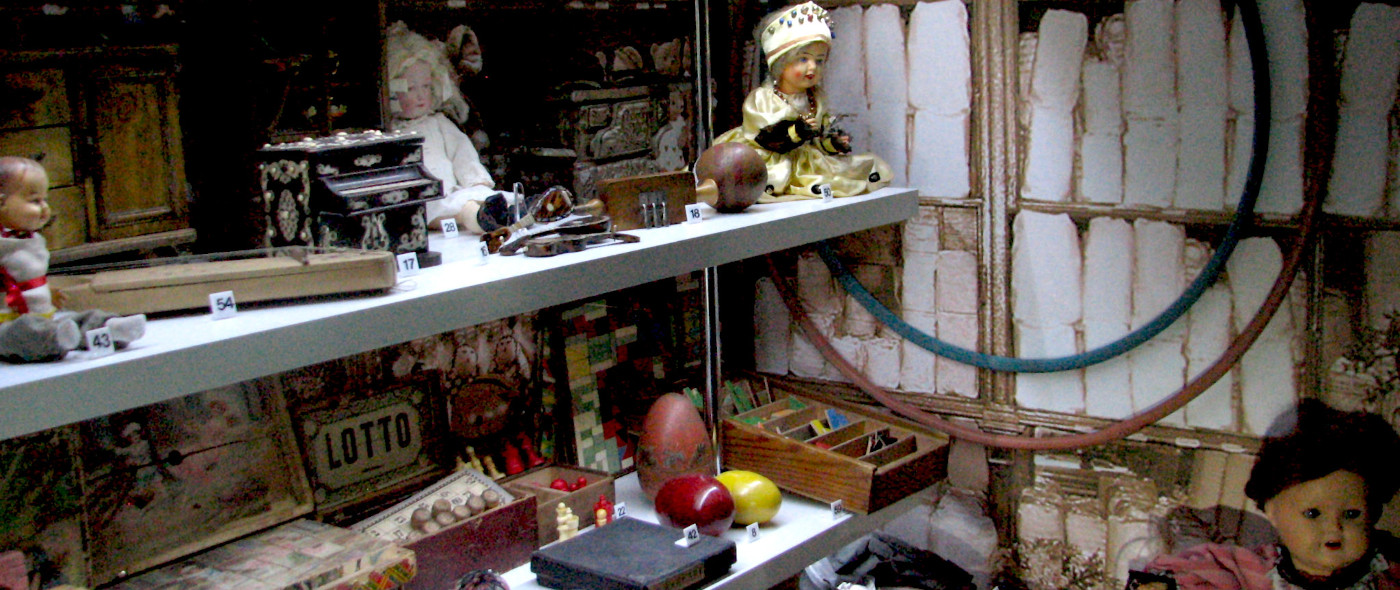Toys Town
Toys town is permanent exhibition which presents the most precious and the oldest toys from the museum’s collection. The audience can see for example: the oldest wax doll from XVIII century, porcelain dolls produced in famous European companies in the turn of the century, tiny porcelain dolls, little doll’s suites, copper pots, cookers or doll’s rooms. Every boy surely will enjoy lead toy soldiers, metal fire-fighting vehicle, rocking-horse covered with calf leather or stone bricks.Toys live in fairylike town full of stylish block of flats, paved roads and stars constellations above. City sounds coming from loudspeakers complete whole picture and create special atmosphere too.
The shop windows with toys inside illuminate when visitor comes near. The exhibition is enriched with optical theatre – a special room dedicated for magical lantern. Computers and screens show the how the magical projectors worked and the manner of watching of this kind of shows 100 or 200 years ago. Toys workshop is at the end. It is a space filled with replicas of old toys which children can play with -play Peg Solitaire – a board game – puzzle or one person, dispose old toys image puzzles, set up a tower from the stone bricks, manufacture a teddy bear or even drive a retro style fire-engine.
The Models
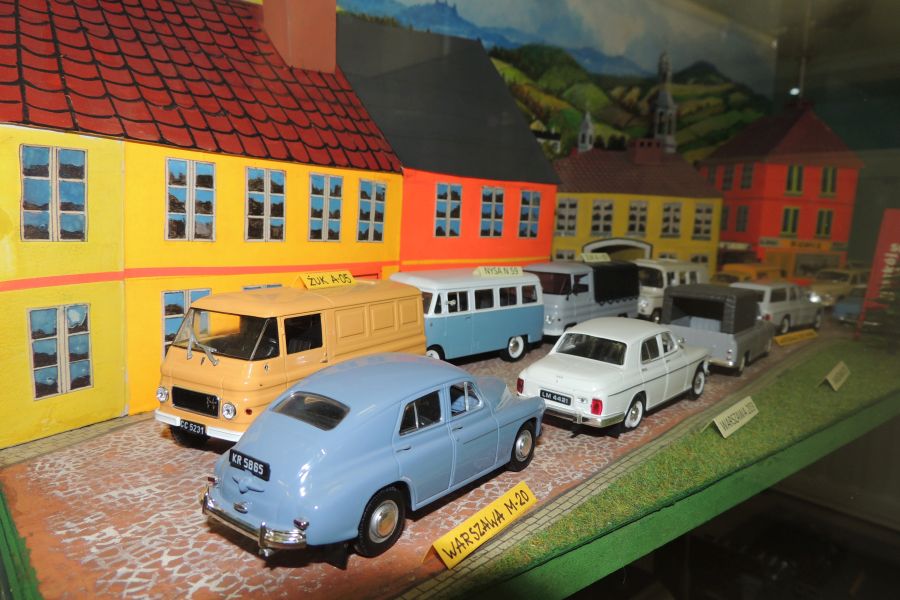
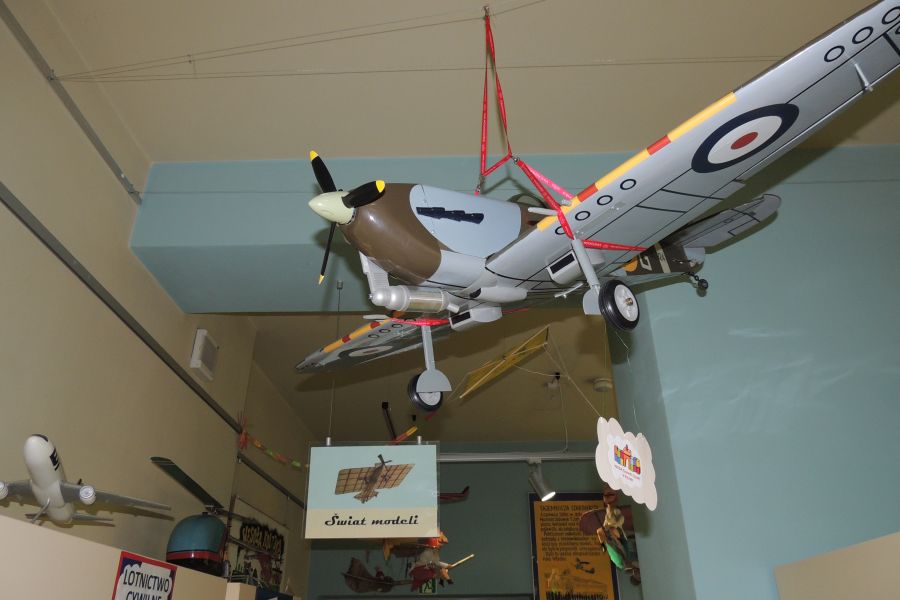
The model collection is an integral part of the collection in our institution. Flying, swimming and riding models made of cardboard and plastic are included to the collection. Anyone can be a modeler. As well the young children as their grandparents are dealing this labor-intensive hobby.
The most precious exhibits are the boatbuilding micro-models made by Władysław Herbuś from Kielce. He is six-times world champion in ship-modeling in the class C-4 (1:250 scale model and smaller, models from basis). The most frequently awarded model is the ORP „Lightning” (a world championship in the years 1987, 1989, 1991).
The author of the second collection of modeling is Jerzy Kuzka from Kielce, who had glued together and painted with great care each of every 50 plastic aircraft models in 1:72 scale. There are jet aeroplanes, gliders and school models. On two cardboards Jerzy Kuzka has painted… Witch on broomsicks.
The third collection consists 20 carton sailing ships made by Rafał Polak: models folded and glued together from prefabricated elements. The author treats making sailing ships and other buoyant elements as a good fun and interesting way of spending free time. You can spend up to 12 hours a day building a model. These works truly reflect the nature of the original, they are hand-painted by author. The most interesting among these are: Swedish royal ship „Vasa”, „Amerigo Vespucci” and „Dar Młodzieży”(the gift of youth).
Heroes of animated cartoons
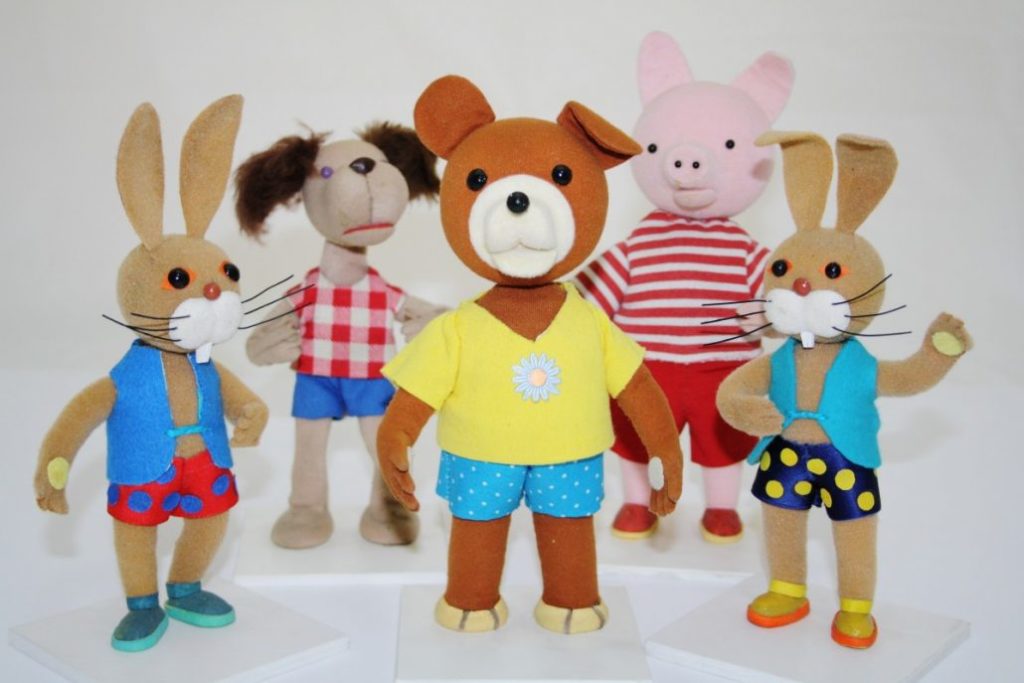
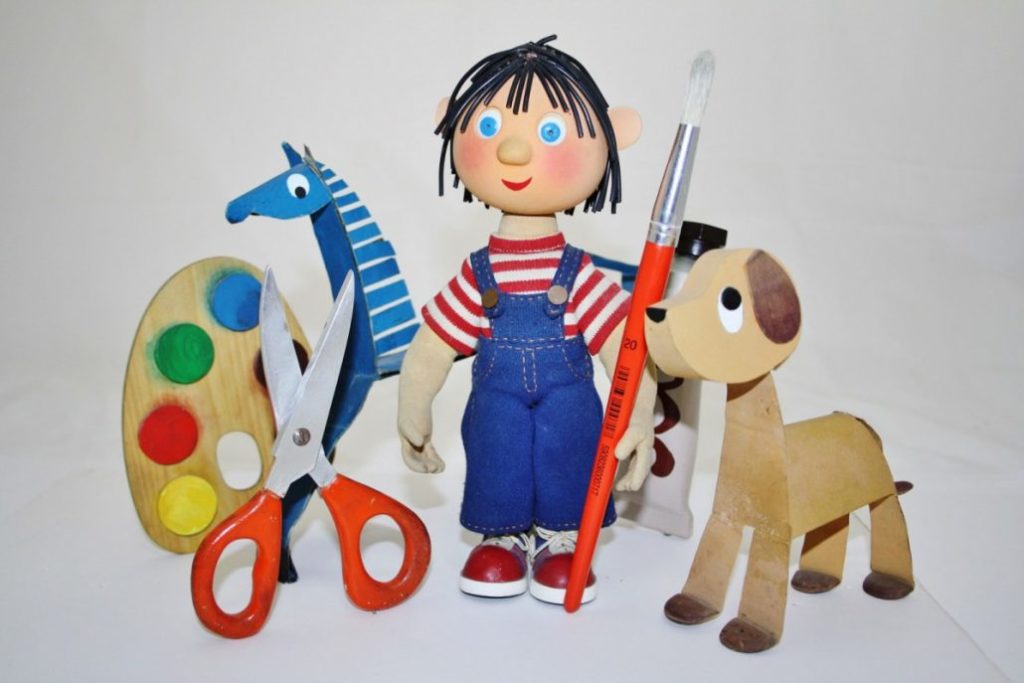
At the exhibition we showcase Polish and international cartoons heroes. There are origina lfilm figures, some copies of the original made by the original authors, parts of original scenographies, but also toys inspired by those films and made for commercial distribution. The exhibitions consist also of drawing charts, celluloids, scenography sketches, photograms and post cards, all from the collection of the Museum of Toys and Play in Kielce.
What is Animated Cartoon?
The animated cartoon is a film simulating the real movement by shooting the sequence of many drawings of the same scene in subsequent phases of the movement. Each picture is captioned separately either on the photosensitive film or by the digital camera or directly in the digital memory of the computer. When displayed with the speed of 24 pictures per second the human eye registers them as a caption of continuous movement.
„Zatkało kakao?” Creative toys industry and childhood in Poland
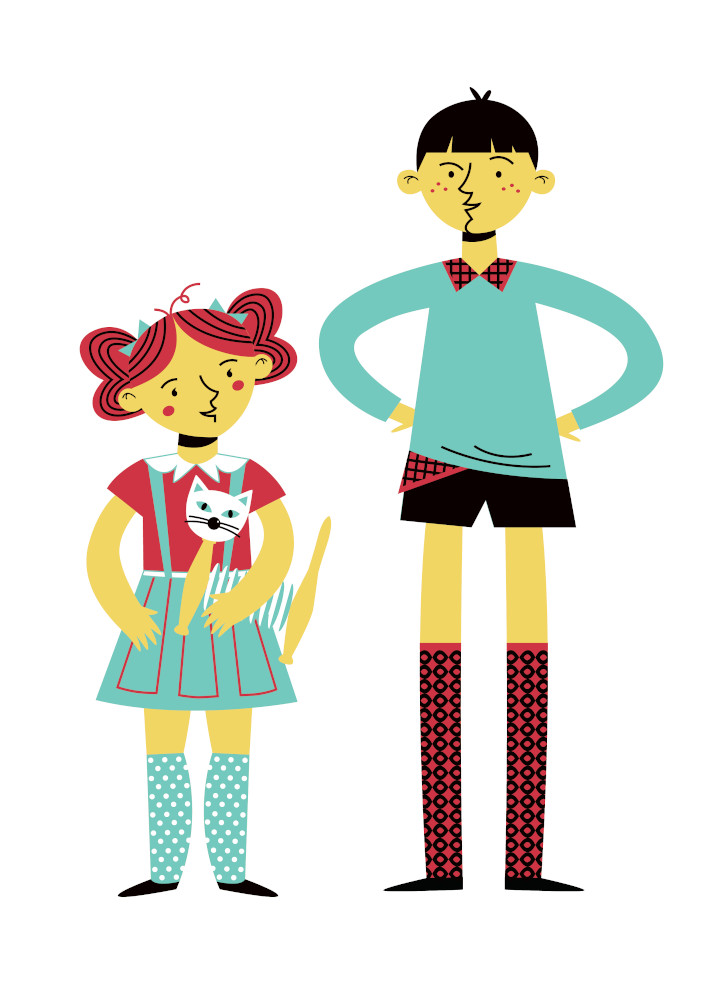
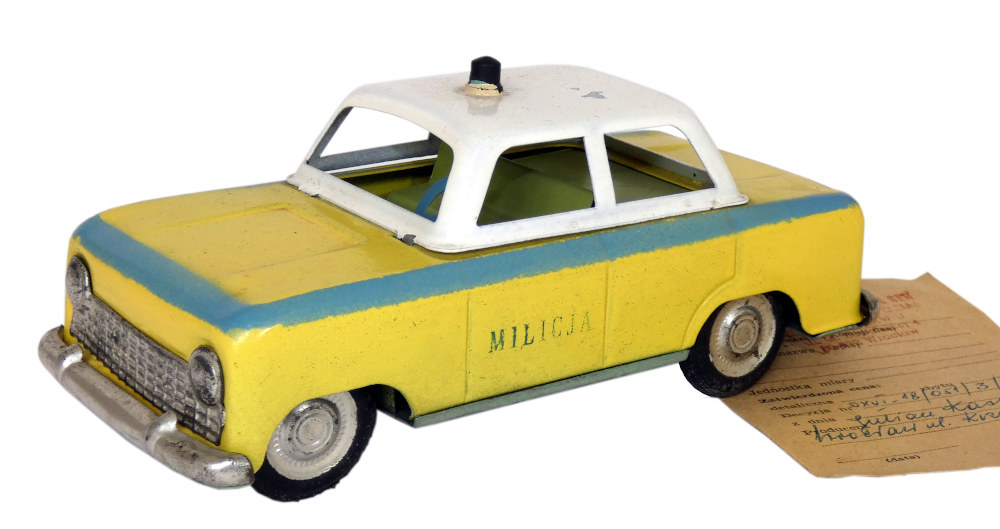
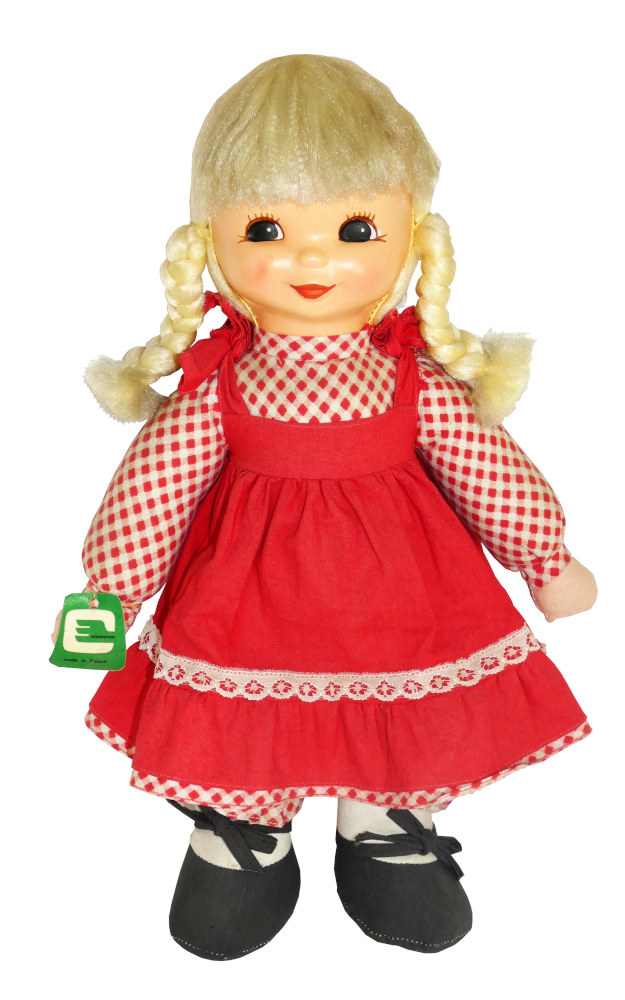
Hi! I am Georgie, I’m 10 and this is my sister Tereska – she’s 5. We are children of PPR. Do you know this strange, three-letter acronym? The adults often use it when they talk about times when everything was grey around , we were short of everything, but the life was pleasant nevertheless. What was going on?
These were times of my childhood and I can tell you that were happy times despite the fact, that of many things we could only dream but couldn’t have them. And the acronym stands for the official name of our country in the years 1952-1989 : „Polish People’s Republic”.
We are from the seventies of the last century and we invite you for the time-travel game. You will see what was your parents and grandparents childhood like. What toys they had, who made them, where there were sold and bought. You will learn what we had for desert, how we dressed, what was school like and what we did at city court-yards. There were no tablets and smartphones then, but we had plenty of ideas for common plays and games. “What: cocoa got stuffed?” – certainly you don’t know what it meant. That way we addressed our friends instead of saying’ “what – surprised?” or “shocked? – Iwas right, weren’t I?”
I am sure you will be shocked when you see how creative childhood we had.
Today many artists are inspired by the designs of those past years and uses those inspirations in book illustrations, toy designs or fashion.
Museum of Toys and Play has more than 6 thousand toys from that period and many of them you can see at this exhibition.
There are a few distinct areas or zones at this exhibition. They are marked by special symbols. Have a look of what they mean – and let’s start!
Etnographic toys
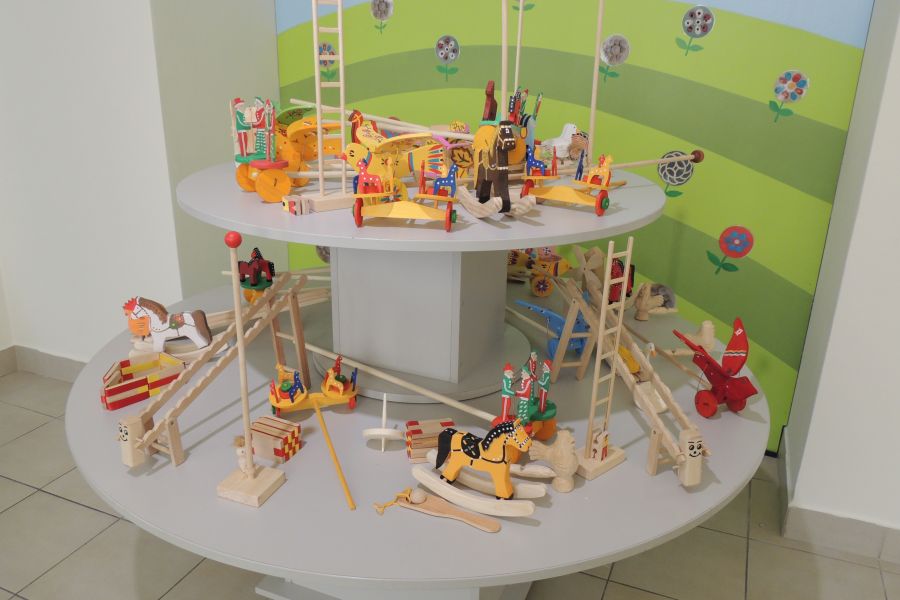
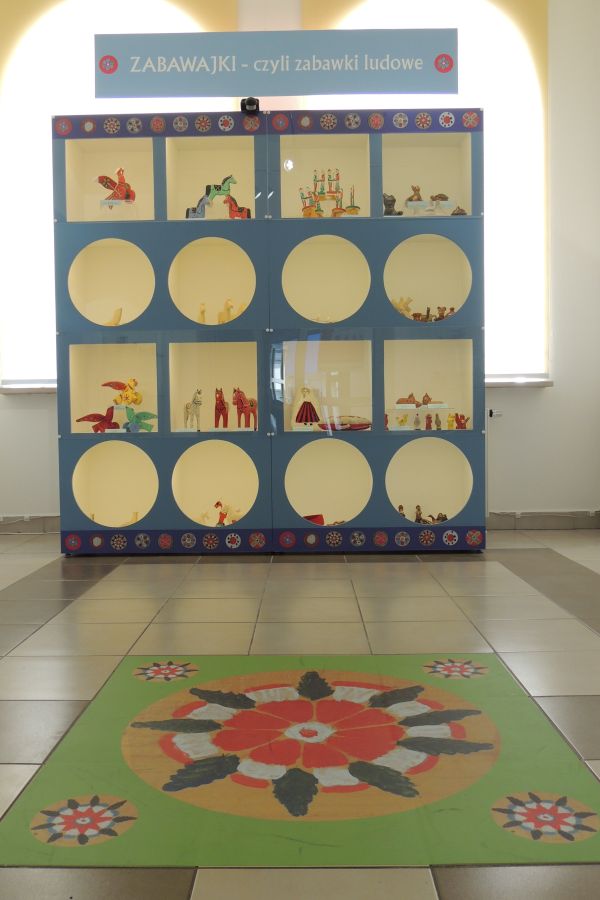
In the collection there are toys typical for folk toys industry in Poland (horses, ,,klepaki”-clappers – wooden butterflies or birds on wheels; when pushed with a long stick they roll clapping their wings and also a clay toys) and folk exhibits from Hungary, the Czech Republic and Slovakia. It is the largest collection of folk toys in Poland. All are made from natural materials, using the old carpenter’s tools ,,chisel”, ,,kozik” (simple wooden handled pocket knife, similar to French opinel), ,,kobyłka”. Everything is hand crafted and painted. Ethnographic collection of toys made by Stanisław Naróg from Brzoza Stadnicka, representative a Leżajsk folk toys industry centre. Initially Stanisław Naróg used manufacturing toys for family and friends. Children liked his carriages, horses and merry-go-rounds so much so that soon he started selling them. Finally producing toys has become his primary source of income. The author introduced new patterns to his works, original designs and inventions. Many of these were made in only a few copies. Sculptures in miniature ad folk toys industry made by Jan Puk – an author residing in Trześnia near Sandomierz. The first part of the collection are buildings. He carves his chapels, cottages and farmhouses using the natural shapes of wood, grain system, layout of knots. The Museum has a large collection of Puk’s rattles of various shapes: hearts, cylinders, squares, two tablespoons connected together. Jan Puk is a country folk enthusiast, the great expert on old rural customs,a prattler and a poet and finally a documentalist of his work. The collection of clay sculptures is made by participants of Circle of Folk Fine Arts from Elementary School in Medynia Głogowska. The oldest art works occurred in our collection in the 80s. These are small figures of saints, pilgrims, working people. Then fairy-tale houses, mysterious characters and animals joined the collection. The supervisor of the Circle of Folk Fine Arts is Jan Kot, who has been teaching children a difficult pottery since the 80s.
